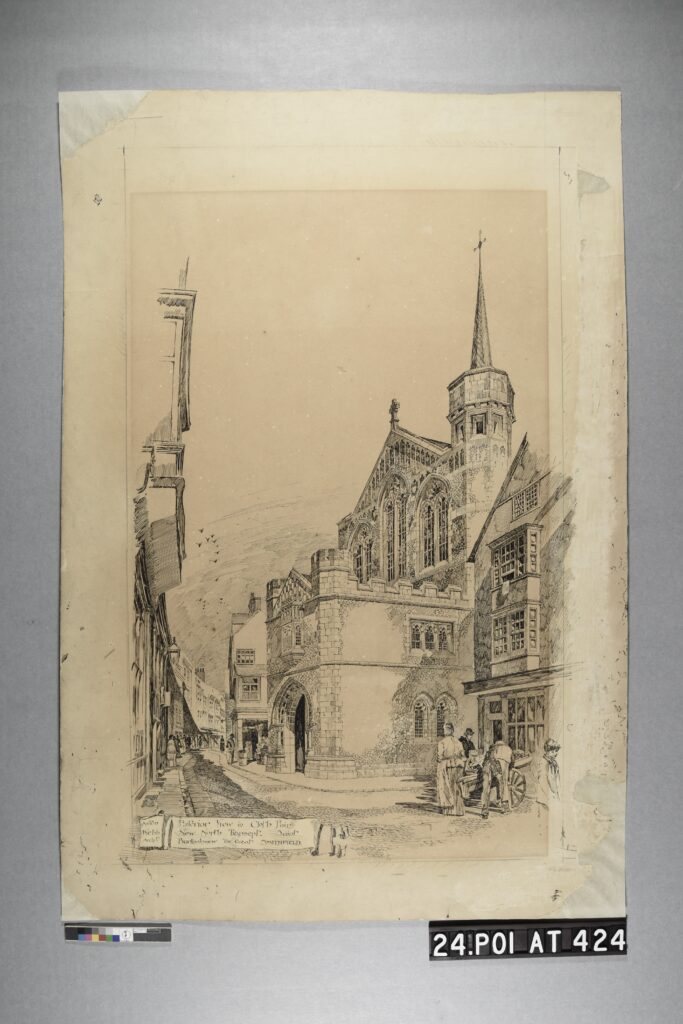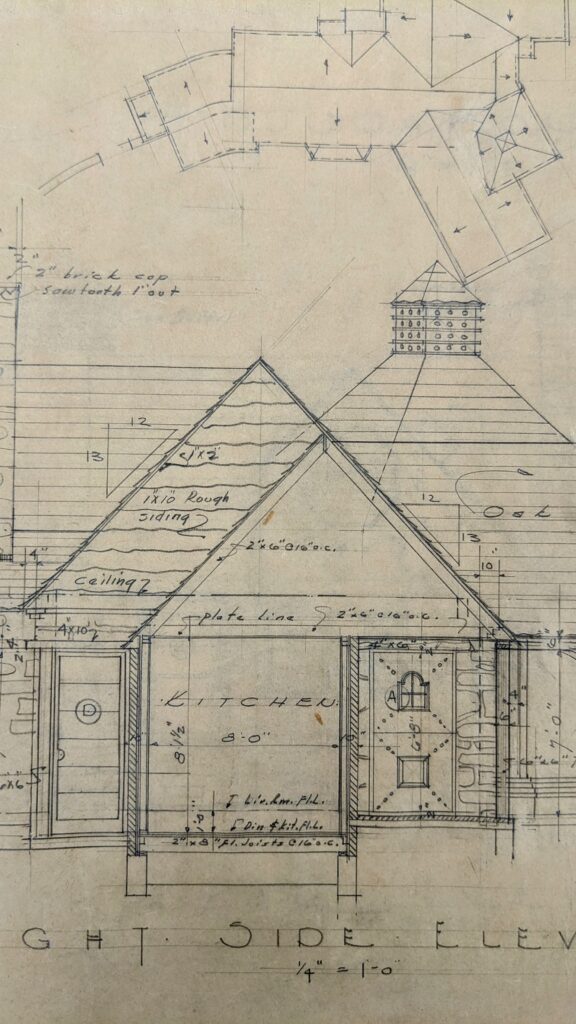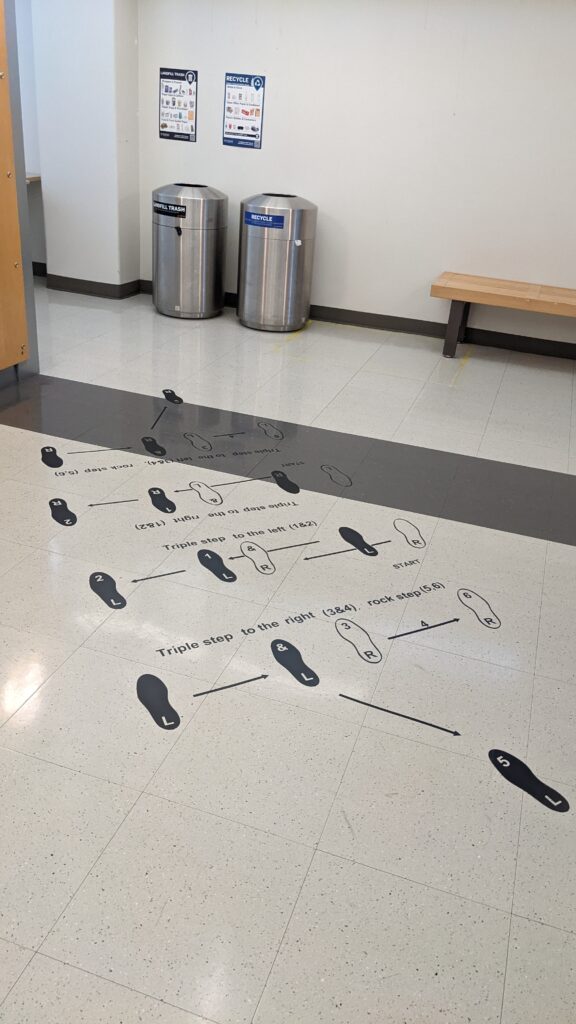This fall, I’m so excited to collaborate on a disaster preparedness project with Space Center Houston! Master’s students in my course, Disaster Planning and Response, are creating risk assessment reports for the artifacts displayed in Space Center Houston’s Starship Gallery. We are grateful to Collections Manager Carmina Mortillaro for her work on this project!

Risk assessment is a process of quantifying and prioritizing the dangers posed to cultural heritage collections. For example, collections managers might assess the likely impact of flood, fire, mold, or earthquake on irreplaceable books, manuscripts, or artworks. A risk assessment is a critical first step in taking preventive action, and in ensuring historical artifacts are available to future generations.
My students are applying the ABC Model of risk assessment, as described in A Guide to Risk Management of Cultural Heritage (2016), by Stefan Michalski and Jose Luiz Pedersoli. Based on a remote gallery tour and Q&A session with Ms. Mortillaro, the students are scoring preservation challenges and formulating proactive solutions to stop problems before they start. We hope our reports can help Ms. Mortillaro to safeguard treasures like the first UV light camera, invented by African-American NASA scientist Dr. George Carruthers. Though these objects were designed to go into space, they need special help to withstand the challenges of time here on Earth.
Many thanks to Carmina Mortillaro and her team at Space Center Houston for generously assisting us with this project!




























